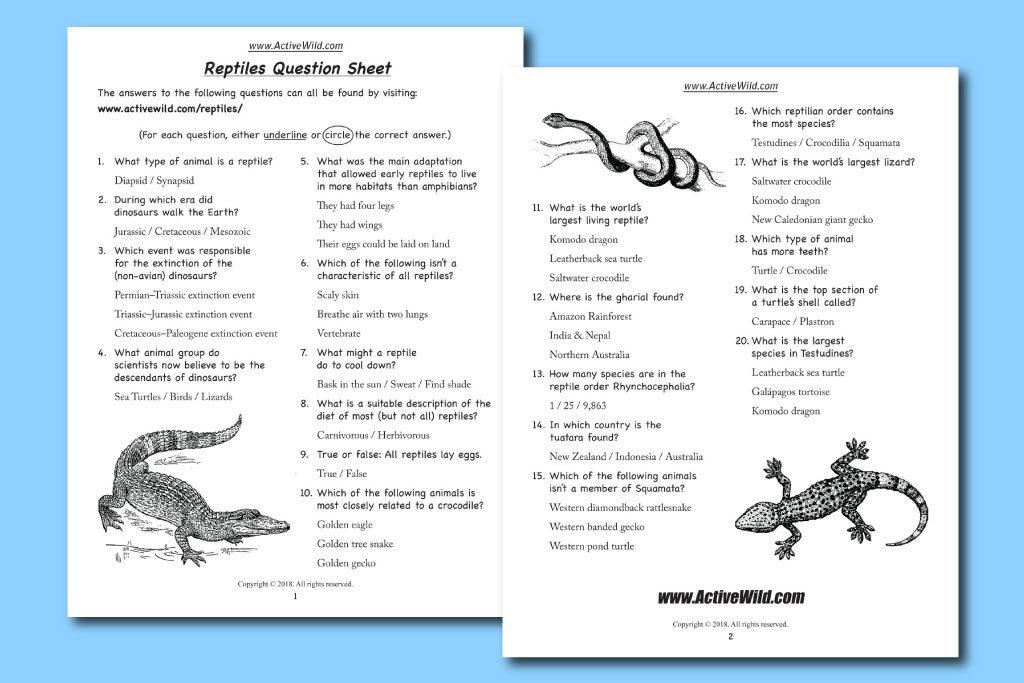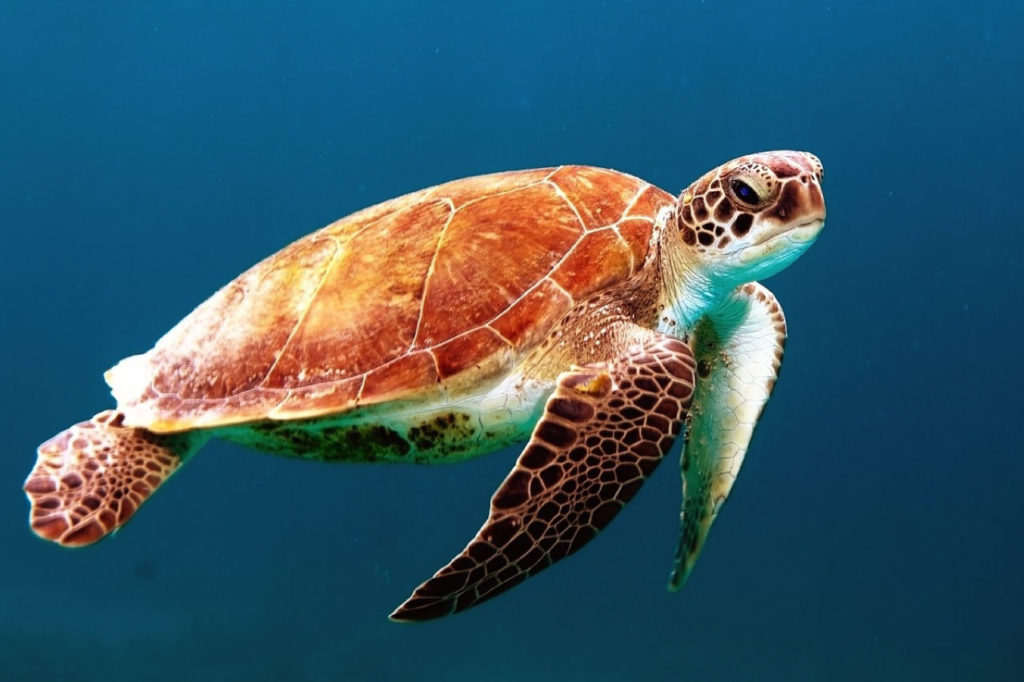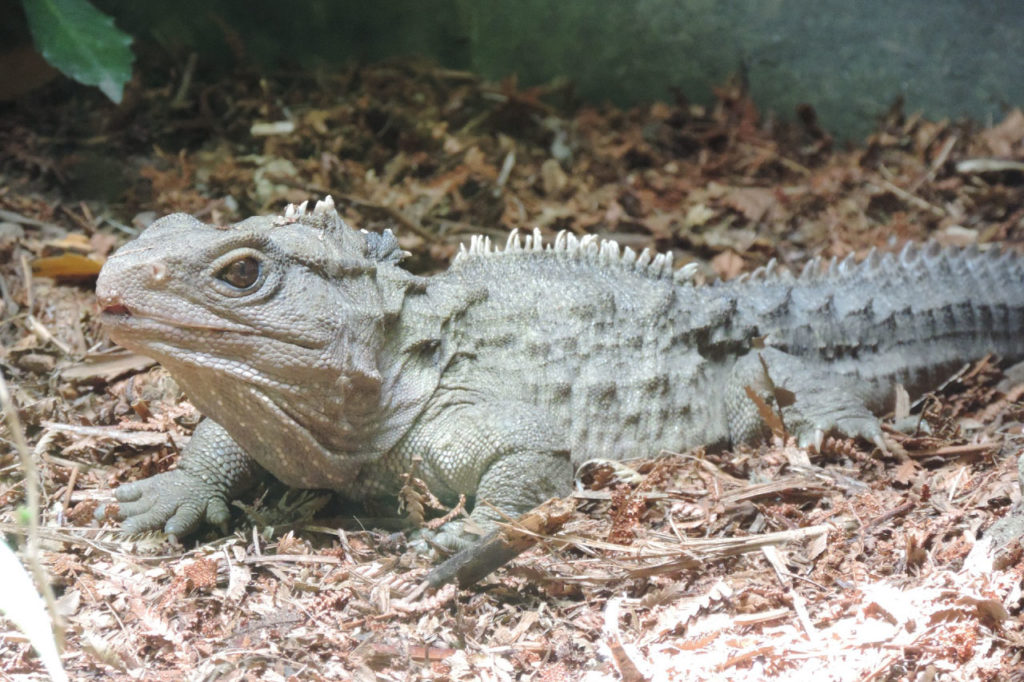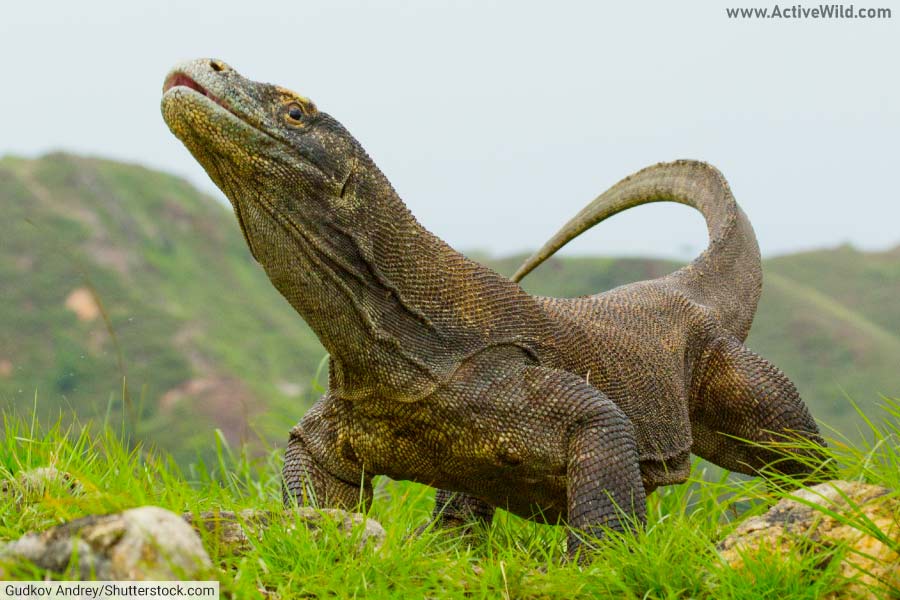Reptiles: The Ultimate Guide. In this incredible guide you'll find out what a reptile is, how reptiles evolved, and the different types of reptile alive today. On the way you’ll meet amazing reptiles both extinct and living.
Download your free printable question sheet and test your reptile knowledge!
Page Index
- Introduction
- Free Printable Question Sheet
- The Rise and Fall (and Rise) of Reptiles
- Birds as Reptiles
- The Survivors: Modern Reptiles
- What Makes a Reptile a Reptile?
- Cold-Blooded
- Reproduction
- Types Of Reptile
- Crocodilia (alligators, caimans, crocodiles and gavials)
- Rhynchocephalia (tuataras)
- Squamata (lizards and snakes)
- Testudines (turtles)
- Related Pages On Active Wild
Discover amazing reptiles from all around the world:
- African Reptiles List With Pictures & Facts
- American Reptiles List with Pictures & Facts
- Australian Reptiles List with Pictures & Facts
- British Reptiles List with Pictures & Facts
- Rainforest Reptiles List with Pictures & Facts
Reptiles: The Ultimate Guide: Introduction
On this page you’ll find out what makes a reptile a reptile. You’ll discover how reptiles evolved, and how during the Mesozoic Era – otherwise known as ‘the Age of Reptiles’ – reptiles were the dominant land animals.
You’ll also find out about the different types of living reptile, including turtles, snakes, crocodiles and lizards.
Free Printable Reptiles Questions Sheet To Download
Test your reptile knowledge with this FREE question sheet. The answers to all of the questions can be found on this page (an answer sheet can be found here.)
*** Quick Reptiles Question ***
Before we get started with the Ultimate Guide to Reptiles, here’s a (trick) question: can you think of any flying reptiles that are alive today? (That’s flying, not gliding; gliding snakes and lizards don’t count!)
By the time you’ve read the section below, we guarantee that you’ll be able to name at least twenty!
The Rise and Fall (and Rise?) of Reptiles
Over three hundred million years ago, a new group of four legged vertebrates appeared. Unlike their amphibian ancestors, they were able to lay eggs on land. No longer tied to the water, the new group thrived.
These new animals are today known as amniotes.
Very soon the amniotes split into two branches. One branch, the synapsids, contained the ancestors of today’s mammals. All living mammals are synapsids.
The other group, the diapsids, contained the ancestors of today’s reptiles. All living reptiles are diapsids.
The fortunes of both groups would vary greatly over the course of time.
Initially, it was the ancestors of mammals who prospered. Then, during the Mesozoic Era – otherwise known as ‘the Age of Reptiles’ – it was the turn of the reptiles to rise to dominance.
In the Triassic Period of the Mesozoic Era, reptiles, in the shape of dinosaurs, came to rule the land. Huge marine reptiles preyed on fish – and on one another – in the sea.
During this period reptiles even took to the sky, with pterosaurs the size of small planes gliding from prehistoric cliffs.
Then, around 66 to 65 million years ago, Earth was rocked by the Cretaceous – Paleogene extinction event that marked the end of the Mesozoic Era. The age of the reptiles came to a sudden and violent end.
Or did it?
Birds As Reptiles
Today, most scientists are in agreement that birds are the descendants of dinosaurs. If this is the case, then there is a strong argument that birds should be considered to be reptiles.
Many scientists now refer to birds as ‘avian reptiles’.
*** (Trick) Question: Answer ***
Pterosaurs were the first vertebrates to develop powered flight (that is true flying, rather than gliding). However, these flying reptiles have been extinct for millions of years.
But there are flying reptiles alive today... sort of. Because birds are the descendants of dinosaurs, many scientists now include them within the class reptilia... and most birds can fly.
Therefore, if you can name twenty birds (and here’s a list of amazing birds to help you if you can’t), then you can name twenty flying ‘reptiles’!
The Survivors: Reptiles Today
Their larger cousins may have been wiped out by the Cretaceous–Paleogene extinction event, but the (non-avian) reptiles did not disappear. Instead, they continued to go about their business in niches not taken up by mammals and other animal groups.
Today’s non-avian reptiles are a diverse group of animals. Some have shells (e.g. turtles), some live on land (e.g. lizards), some in the water (e.g. sea turtles, alligators), some are small (e.g. skinks), some are huge (e.g. saltwater crocodiles, black caimans), and some don’t even have legs (e.g. snakes).
There are four main types of non-avian reptile alive today:
- Crocodilia (alligators, caimans, crocodiles and gharials)
- Rhynchocephalia (tuataras)
- Squamata (lizards and snakes)
- Testudines (turtles)
We’ll meet all four reptile groups in depth further down the page.
What Makes A Reptile A Reptile?
Note: In this section, we’ll investigate the characteristics of non-avian reptiles.
Although birds are now considered by many scientists to be reptiles, they are traditionally regarded as being in the class Aves rather than in Reptilia.
You can find out about birds here: Birds: The Ultimate Guide
A reptile is an animal in the class* Reptilia.
* A class is a large group of animals. Although not all members of a class are necessarily closely related, they all have the same ancestors. A class can contain smaller animal groups such as orders, which themselves can contain smaller groups such as families.
Other animal classes include Mammalia (mammals) and Amphibia (amphibians).
You can find out more about terms such as ‘class’ and ‘family’ here: Animal Classification
A reptile is a diapsid amniote. (See the 'Rise and Fall and Rise') of Reptiles' section, above, to find out what this means.) All reptiles are descendants of those small, lizard-like animals that branched off from the ancestors of mammals around 312 million years ago.
Unlike fish and amphibians, reptiles don’t need to lay their eggs in water. Most reptiles lay hard-shelled eggs on land. Others give birth to live young.
The skulls of most reptiles have two openings behind each eye socket. In fact, that’s where the word ‘diapsid’, which means ‘two arches’, comes from. Over time, lizards lost one of these holes, and turtles lost both. However, they’re still known as ‘diapsids’ because they are descended from ‘true’ diapsids.
A reptile is a vertebrate (i.e. it has a backbone). It breathes air with lungs (or, in the case of some snakes, with one lung).
A reptile either has four legs, or is descended from animals with four legs. Even snakes have four-legged ancestors. (The skeletons of some snakes even have the remains of a pelvis – the bone to which the legs would have been attached.)
A reptile’s skin is impermeable (i.e. water can’t escape through a reptile’s skin). This is another adaptation that allowed early reptiles to leave the water.
A reptile has scaly skin. The scales are hardened with keratin. This is the same, naturally-occurring substance out of which the hair, fingernails, claws and hooves of various other animals are made. A reptile sheds its skin continuously throughout its lifetime.
Some reptile species are further protected by bony plates called scutes.
Cold Blooded Animals
A reptile is an ectotherm (i.e. it is cold-blooded). Unlike an endothermic (warm-blooded) animal such as a mammal, a reptile lacks internal mechanisms to alter its body temperature.
A reptile can’t shiver or sweat; it has to bask in the sun to get warm or retreat to the shade to cool off. Its temperature is dependent on its environment.
Remember that this section describes non-avian reptiles; birds are warm-blooded.
Most reptiles are carnivores (meat eaters). Very few reptiles are herbivores (or mostly herbivorous). Those that are include land-based tortoises, iguanas, and some lizards.
Reptile Reproduction
Reptiles reproduce via internal fertilization.
Most reptiles are oviparous, which means that they lay eggs.
Some reptiles (e.g. sea turtles) simply lay their eggs and take no further part in the upbringing of their young.
Others, such as some crocodilians, build nests and provide parental care. Does this remind you of another animal group? It may be that the shared ancestor of both birds and crocodilians exhibited similar child-rearing behavior. (The crocodilians are the closest living relations of birds.)
Some reptiles are ovoviviparous. This means that the young develop in eggs, but that the eggs are retained in the body of the mother. The young then 'hatch' inside of the mother and are born alive. Reptiles that are ovoviviparous include several types of snake and lizard.
A small number of reptiles are fully viviparous. This means that the young develop inside of the mother's body and are supplied with nutrients via a special organ similar to a mammalian placenta. The young are then born alive, just like us!
Reptiles that are viviparous include the boa constrictor and green anaconda.
Types of Reptile
In this section of Reptiles: The Ultimate Guide, we’ll take a look at the four main types of reptile.
As we’ve found in the preceding sections, many scientists now also include birds in Reptilia (the animal class that contains all reptiles). In this section, however, we’ll only include the traditional, non-avian reptile types.
You can find out more about birds in our birds section: Birds: The Ultimate Guide
The class Reptilia traditionally contains four orders:
- Crocodilia (alligators, caimans, crocodiles and gharials)
- Rhynchocephalia (tuataras)
- Squamata (lizards and snakes)
- Testudines (turtles)
Crocodilia (Alligators, Caimans, Crocodiles and Gharials)
Crocodilia is an order of reptiles that includes all crocodiles, alligators, caimans and the gharial. They are the closest living relatives of birds. Members of Crocodilia are more closely related to birds than they are to lizards and snakes.
Crocodilians appeared around 170 million years ago. Since that time they have changed very little. They have long, tube-shaped bodies and two pairs of short legs. Their long tails provide propulsion when swimming. Crocodilians are semiaquatic reptiles. They spend much of their time in the water.
Ferocious ambush predators, crocodilians are armed with large mouths lined with pointed round teeth. Crocodilians have a powerful bite and don’t chew their food. If it can’t be swallowed whole then the crocodilian’s prey is torn apart!
The order Crocodilia comprises 25 species in 3 families. There are 8 species in the family Alligatoridae. This family includes 2 ‘true’ alligators (the American alligator and the Chinese alligator) and the caimans. There are more spectacled caimans than any other crocodilian.
The largest family in the order Crocodilia is Crocodylidae. It comprises 16 species, including the fearsome saltwater crocodile – the world’s largest living reptile.
Gavialidae is the smallest family in Crocodilia, consisting of only one species, the gharial (this species is also known as the gavial). This narrow-snouted crocodilian is found in India and Nepal. The false gharial, a crocodilian very similar to the gharial, is also sometimes included in Gavialidae.
Crocodilians are oviparous (egg-laying animals). They are known to display nesting and child care behavior. This behavior may be due to crocodilians having the same ancestors as birds.
Rhynchocephalia (Tuatara)
The order Rhynchocephalia comprises just one family, Sphenodontidae, which contains just one species, the tuatara (Sphenodon punctatus).
(Two subspecies of tuatara are currently recognized. They were previously believed to be separate species, so you may read elsewhere that there are two species of tuatara).
The tuatara is only found in New Zealand. It is a grey-green lizard-like animal. Its body is long and thin, and it has a long tail. A row of spines runs along its back. It can grow to lengths of around 61 cm (2 ft.).
Outwardly, the tuatara resembles a lizard. However, Rhynchocephalia and Squamata (the group to which lizards belong) split around 220 million years ago.
The tuatara’s skull has a number of features that mark it as being a member of Rhynchocephalia. The lower jaw is firmly attached to the skull. The upper jaw has two rows of teeth, the lower jaw a single row that fits between those of the upper jaw. This provides the tuatara with a powerful, shearing bite.
Rhynchocephalia flourished around 200 to 100 million years ago. Today, the tuatara is the group’s only surviving member.
- You can find out more about the tuatara here: Tuatara Facts
Squamata (Lizards and Snakes)
The order Squamata contains all lizards and snakes. It is by far the largest reptilian order. It contains almost 10,000 species. (9,863 to be exact, according to the Catalogue of Life). That's more species than all of the other reptilian orders combined!
Squamata is the most successful of all living reptile groups. Squamates (members of Squamata) are found on all continents except Antarctica.
Squamata means ‘scaled’ in Latin. The group is also known as the ‘scaled reptiles’. A member of the order Squamata is known as a squamate.
A distinguishing features of Squamates is a movable quadrate bone. This bone forms part of the jaw. The movable quadrate bone distinguishes the members of Squamata from their nearest relatives, the members of Rhynchocephalia (which today consists of a single species, the tuatara).
In snakes the quadrate bone is elongated and particularly mobile. It allows snakes to swallow large prey items.
Squamata was traditionally divided into two suborders: Sauria (lizards), and Serpentes (snakes). Today scientists regard Serpentes as being one of several groups within Squamata.
Lizards
There are many different types of lizard. Many are found on the ground, basking in open spaces and scurrying under rocks when danger threatens. Lizards are also found living in trees, and some are able to glide with the aid of wing-like flaps of skin between their limbs.
The smallest lizards are around an inch (2.54 cm) in length. The largest lizard is the Komodo dragon, which can reach a length of 3 m (10 ft.).
Unlike snakes, lizards have external ear openings. It’s usually easy to tell a lizard and a snake apart; most lizards have two pairs of legs. However, some lizards don’t have any legs, and move around in a snake-like fashion.
Examples of legless lizards include the slowworm, which is found in Europe, and the slender glass lizard, which is found in the United States. Both species are members of the family Anguidae.
Well-known lizards include geckos, iguanas and Gila monsters.
Geckos are members of the infraorder Gekkota. They are typically found basking on walls in semitropical regions. Most geckos lack eyelids. Instead of blinking, they use their long tongues to clean their eyes. Unlike most other lizards, geckos are able to make chirping or clicking sounds.
There are two species of iguana. Unlike nearly all other reptiles, both are herbivores. The green iguana is found in forested areas of Central and South America. It has an arboreal (tree-dwelling) lifestyle. This colorful lizard is often kept as a pet.
The Lesser Antillean iguana is only found on the Lesser Antilles islands in the Caribbean. Due to habitat loss and hunting it is an endangered species.
The Gila monster is one of only two venomous lizards found in North America (the other being the closely related Mexican beaded lizard). Both species are found in southwestern North America.
Serpentes (Snakes)
Snakes are among the most feared of all animals. Not only do they look menacing, many snakes are also venomous.
Snakes lack limbs, and have long, tubular bodies. Their kidneys are arranged one in front of the other and the left lung is either reduced in size or missing entirely. These adaptations are due to the reduced amount of room in a snake’s long, thin body.
Snakes move using a variety of methods. The most common movement style is lateral undulation, in which the snake pushes itself forwards by moving continuously from side to side.
Other movement styles include sidewinding – a twisting style commonly seen among desert-dwelling snakes – and concertina movement, which involves the snake pushing itself forwards, then compressing its body by pulling its tail in behind it.
Of the over 3,000 species of snake, around 300 are venomous. Three snake families contain venomous species.
Members of the family Elapidae include cobras, coral snakes and copperheads. The family Viperidae includes vipers and rattlesnakes.
Not all members of the family Colubridae are venomous. Those that are include the boomslang and the twig snakes.
Several large, non-venomous snakes subdue their prey via constriction. They wrap their muscular bodies around the victim then gradually tighten their grip to prevent the prey animal from breathing.
The world’s heaviest snake is the green anaconda. The world’s longest snake is the reticulated python. Both of these huge species are non-venomous constrictors.
Because of their perceived danger, snakes have found their way into the folk tales and legends of many cultures.
Testudines (Turtles)
Testudines are shelled reptiles. The group includes all animals that are commonly known as turtles, tortoises, terrapins and sea turtles. Turtles have four legs, which in aquatic turtles have evolved into flippers. Turtles have bony beaks and lack teeth.
The part of the turtle’s shell that covers its back is called the carapace. The part covering its undersides is called the plastron. A turtle’s shell consists of fused rib bones and vertebrae (parts of its backbone. The carapace is covered in a layer of keratin – a protein substance also found in a reptile’s scales.
Unlike most other reptiles, land tortoises are herbivores.
The Galápagos tortoise is the world’s largest land-living turtle. It can reach weights of 417 kg (919 lb.). Turtles are among the world's longest-living land animals. Some species can live for over 250 years.
The huge leatherback sea turtle is the world’s largest turtle. It can grow to 200 cm (6.6 ft.) in shell length and can reach weights exceeding 900 kg (2,000 lb.). Unlike other sea turtles, its shell is soft and leathery, hence its name.
Reptiles: The Ultimate Guide – Conclusion
We hope that you have enjoyed finding out about Reptilia. There are a number of other Ultimate Guides on Active Wild. Now you’re a reptile expert, why not find out about another group of amazing animals?
- Birds: The Ultimate Guide
- Sea Turtles: The Ultimate Guide
- Mammals: The Ultimate Guide
- Animals: The Ultimate Guide
- Bears: The Ultimate Guide
- Discover amazing animals from all around the world: A to Z Animals
- Find out more about how animals are classified: Animal Classification


















Search green lizards, turtles, watershed turtles, orvets, frogs
This is exactly want I want for my Grandson who loves every kind of Reptile. Can I buy a book like this and if I can’t, can you tell where I could get a book of reptiles? This was so interesting because I love reptiles too!! Thank you, Judi Smith
Hi Judith,
Many thanks for your message, we’re big reptile fans too!
We publish two collections of short stories about animals and rainforest workbooks, but at present nothing specifically on reptiles.
You can find a list of awesome reptile books published by other companies on this page: Reptile Books.
There’s also lots more info on reptiles (and other animals) on the site, which we hope that both you and your Grandson will enjoy :).
Regards,
The Active Wild Team